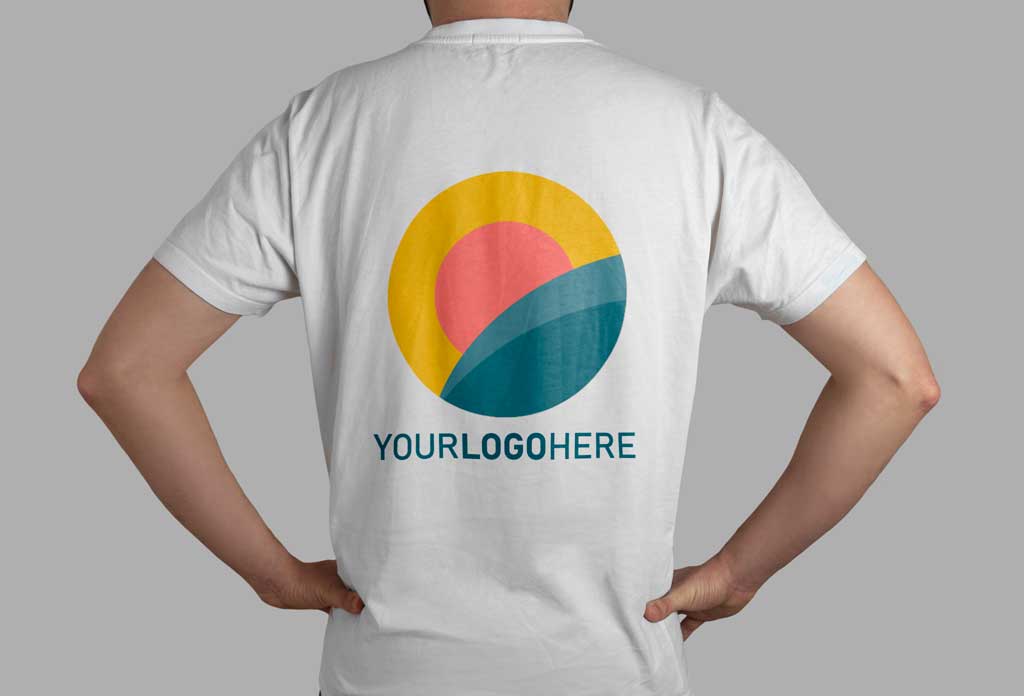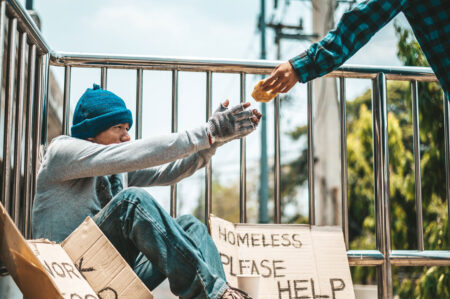You’ve spent countless hours and lots of money to design and create your “brand.”
You and your team nailed it, so much so that a competitor decides to ride on your coat tails and dress their product or place in the same exact “style” as yours!
At a party, this may be considered a fashion faux-paus, but in business, this may require more than a call to the fashion police.
As opposed to matching outfits, copying someone’s trade dress can lead to serious consequences.
First off, it may be helpful to know what trade dress is–in essence, it is the overall, nonfunctional, look and feel of a product or service that helps a consumer identify where something originated from. Trade dress on products can consist of packaging, displays, or labeling on the actual item; some notable examples include the red wax on Maker’s Mark Bourbon bottles, the Tiffany & Co. blue box, or the shape and feel of Coca Cola’s glass bottles. When creating trade dress for a service, the décor or ambiance of a locale where the services are provided, such as the red and yellow cholor scheme at every McDonalds, are elements that create a trade dress.
Who Should Care About Trade Dress?
If your business spends time, effort, and money on packaging, labeling, and displays, or you are considering opening several retail locations, you should care about trade dress. Great trade dress can lead to consumer recognition for your products, can catch the attention of new customers, or can help generate buzz around the ambiance created at your place of business. Trade dress allows a business to capitalize on the goodwill that consumers have come to associate with a company’s products or services, and prevent imposters from passing off their products as those associated with the original trade dress owner.
What Do I Need to Register My Trade Dress?
As with trademarks, U.S. trade dress protection can be established via common law rights (under unfair competition law) and, preferably, through registration with the U.S. Patent and Trademark Office (USPTO). In order to qualify for trade dress protection, in addition to the routine trademark application requirements (description of the trade dress, classification under which the trade dress seeks protection, and filing fees), the USPTO requires:
- The trade dress not be functional (i.e. it must not have a direct correlation to the use, purpose, cost or quality of the product or service)
- The trade dress must be either inherently distinctive or have acquired secondary meaning.
a. Inherently Distinctive means the nature of the designation and the context in which it is used leads consumers to perceive the designation as identifying a particular person or business as the origin or producer of the goods or services. Restatement 3d of Unfair Competition, § 13
b. Secondary Meaning is acquired when a large portion of the consuming public has developed an automatic association of the trade dress with the source or producer of the good or service, and not the product itself. Inwood Labs. v. Ives Labs., 456 U.S. 844, 851(1982).
Who Wore It Best?
What do you do after the brand you’ve created and built notoriety with is used by a copy-cat? Whether or not you registered your trade dress, trademark or state unfair competition laws may be at your disposal to stop the imposter (though registration may help lessen the burden you have to establish). If you have already registered your trade dress, then you must show there is 1) a “use” 2) in “commerce” 3) that is likely to cause confusion between your registered dress and the alleged infringer.
Headlining Cases
Two Pesos, Inc. v. Taco Cabana, Inc., 505 U.S. 763 (1992)
The U.S. Supreme Court found that Taco Cabana, a Mexican restaurant chain, had established an inherently distinctive trade dress through their “festive eating atmosphere having interior dining and patio areas decorated with artifacts, bright colors, paintings, and murals. . .. and vivid color scheme using top border paint and neon stripes. Bright awnings and umbrellas.” Since the look and feel was inherently distinctive, it did not need to prove secondary meaning and Two Pesos, a competitor who attempted to use a motif very similar to Taco Cabana’s, was guilty of trade dress infringement.
Take-Away: When picking a particular culture to try and model a business after, make sure that in addition to recognizable cultural influences, personalized touches that allow your restaurant to separate itself from a generic or purely descriptive representation are incorporated. Examples include Hard Rock Café’s rock memorabilia, music, purple and gold colors, and guitar logo at every location or McDonald’s golden arches, “mac” menu, and red and yellow color schemes.
ERBE Elektromedizin GmbH v. Canady Technology LLC, 629 F.3d 1278 (Fed. Cir. 2010)
ERBE attempted to sue Canady for trade dress infringement of its blue flexible endoscopic probes. Here, the Court found in favor of Canady, in that the blue probes did not deserve trade dress protection because the color served a functional purpose (blue is prevalent in the medical field because it enhances identification of the endoscopic tip). “Color may not be granted trademark protection if the color performs a utilitarian function in connection with the goods it identifies or there are specific competitive advantages for use.” Id. 1280.
Take-Away: Obtaining trade dress protection for color is very difficult, but can be done when the color is not serving a functional utility. For example, Christian Louboutin’s famous red-outsole and Tiffany & Co’s blue jewelry box with white satin bow both qualify for trade dress protection. In both cases, the color serves no function besides a stylistic choice and has become a well-known source identifier, thus establishing secondary meaning.
As always, consulting with your intellectual property attorney is advisable before launching any new branding effort. With their guidance, you could discuss what items may be protectable trade dress, or more importantly, what you can do to avoid being accused of trade dress infringement.




